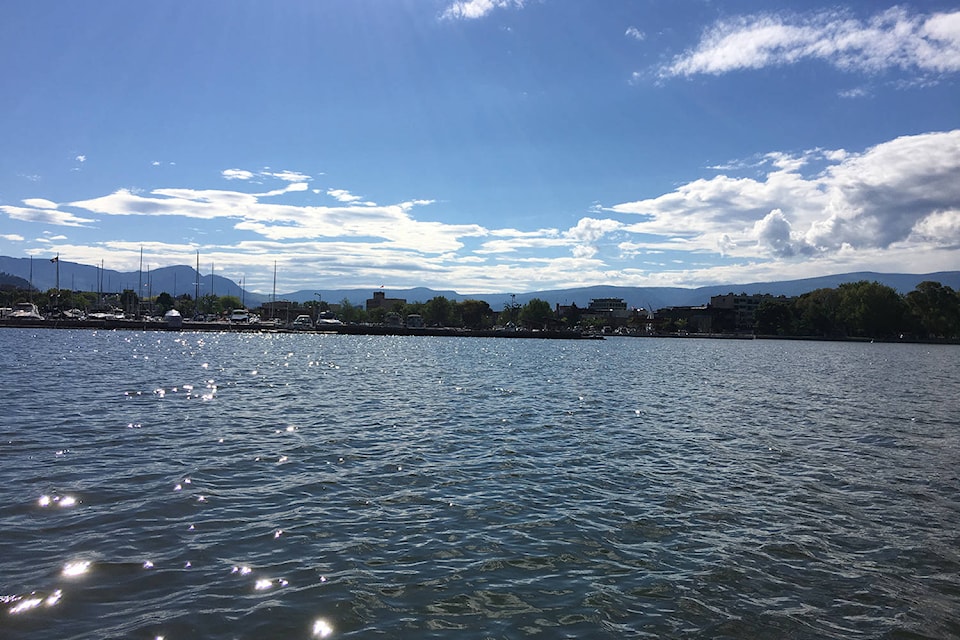Data provided by Environment Canada shows that the daily rise in the level of Okanagan Lake has slowed significantly.
In the last 24 hours, the lake went up 0.7 centimetres, considerably less than the 10.7 cm it rose on May 9. The Province has indicated Okanagan Lake is within a week of peaking but that weather will determine both the lake level and timing.
Both Okanagan and Kalamalka lakes are above full pool and flood protection measures continue to be deployed as needed. They will remain in place until water levels recede. Residents and visitors are reminded to stay off sandbags, gabions and water bladders and away from active flood protection work sites.
Although Okanagan Lake is 57 cm below the high water mark of 2017, EOC officials are still asking the public to be prepared.
“A severe wind and/or rain event could push the water levels much higher and this could lead to flooding and erosion,” says the EOC.
Concern around area creeks has been reduced and crews are redeploying bladder dams and sandbags in preparation for use on lakes if necessary. Sand and sandbag locations are available at www.cordemergency.ca/map
As well, debris washed up on beaches should be left for the time being. The logs and other wood will help limit erosion caused by wave action. When the flood risk has passed, officials will provide notification of how the beach debris will be removed.
The EOC is planning on deploying log booms to prevent wave erosion on public beaches and foreshore areas in Okanagan Lake. Crews are currently assessing the impact of projected lake levels and will deploy the log booms based on their findings.
“We would like to issue a big thank you to Tolko for offering to supply the logs needed to build 1.7 kilometers worth of booms,” says EOC director Jim Zaffino.
Property owners who are pumping water from basements should pump into natural areas such as nearby creeks, ditches or lawns and not into storm drains or the sanitary sewer system.
Lake users should watch for floating debris as a significant amount has flowed downstream into the lake. Low-wake activities are encouraged during high water levels to minimize the erosion of vulnerable shoreline and damage to property.
Residents can monitor lake levels at wateroffice.ec.gc.ca.
For up-to-date information, including active evacuation alerts and orders across the Central Okanagan, as well as flood-preparedness resources, visit cordemergency.ca.
For municipal information such as water quality advisories, visit their websites:
• City of Kelowna
• City of West Kelowna
• District of Lake Country
• District of Peachland
• Regional District of Central Okanagan
• Westbank First Nation
To report a typo, email: edit@kelownacapnews.com.
<>@KelownaCapNews
newstips@kelownacapnews.com
Like us on Facebook and follow us on Twitter.
